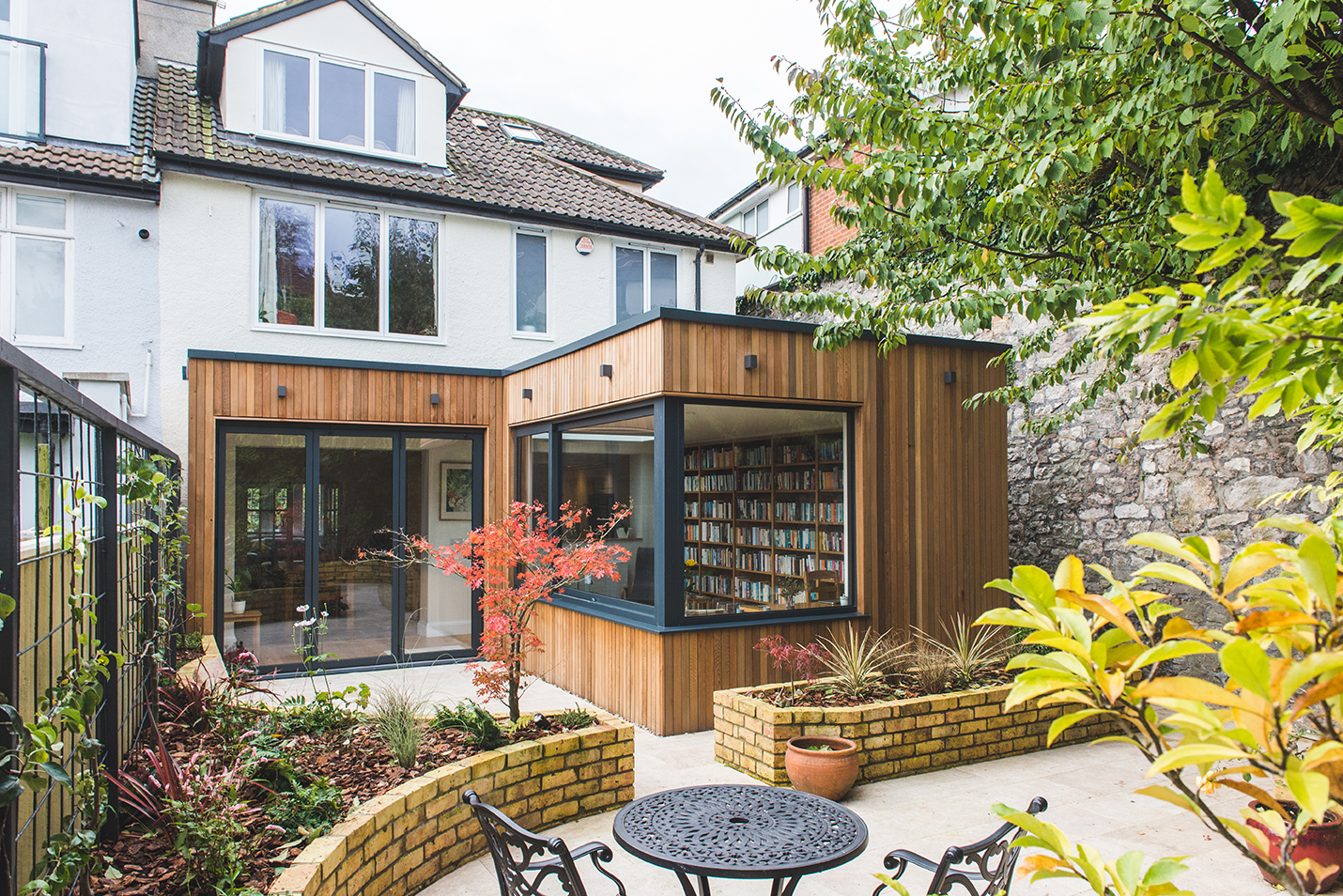PLANNING QUESTIONS ANSWERED
Which type of Planning Application should I choose?
When making a planning application, it is surprisingly easy to fall at the first hurdle by choosing the wrong type of application.
Below, we set out the most common types of planning application to help you make the right decision.
Householder Planning Consent: A common application for homeowners, for the purpose of informing your local planning authority of your intended works within the curtilage of your property.
Submission of: Planning drawing, sections, elevations, in some cases a design and access statement may be required for larger scale proposals, other relevant documents. (Your local authorities will inform you of the required documents to be submitted with your application, any missing document can be added within a certain time scale. Consult with your Architect, planner or local authority to find out more.)
Full planning consent: More commonly used when there is an intended material change of use, I.e., from residential to commercial use or when a new building is proposed. This form of application includes prior approval of building regulations.
Submission of: Planning drawings, sections, elevations, building regulation drawings/construction drawing, in some cases a design and access statement may be required for larger scale proposals, other relevant documents. (Your local authorities will inform you of the required documents to be submitted with your application, any missing document can be added within a certain time scale. Consult with your Architect, planner or local authority to find out more.)
Outline application: Used for the purpose of identifying whether the proposed scale and nature of works is likely to receive full planning consent. The purpose of which is to identify the viability of a proposal prior to investing money and time in planning drawings etc. Drawings will be developed to a lesser level of detail than either of the above application types, just sufficient to demonstrate the overall principles of the proposals.
Consult with your Local Planning Authorities to find out what documents are required for submission with your application.

Lawful Development certificates: This type of application is most commonly used when there is slight doubt as to whether or not the proposed works fall within permitted development. If you plan on exercising your permitted development rights and are in any doubt as to the compliance, then it is advised that you make an application for a Certificate of Lawful Development. The certificate provides certainty that no legal action can be taken against the development.
Lawful development certificates can also be used retrospectively; If you can prove that the works was substantially complete 4 years prior to the application then the work will be considered lawful development. If you can prove that the building use has been operational for 10 years commercially or 4 years residentially then it can be considered lawful development.
Note that the building must comply with Building Regulations.
Submission to include: Details of the proposed development, why you believe it to be lawful, Site plan, other relevant drawing.
A lawful development certificate is only in effect if the building serves the use as stated in the application, any future alterations or changes of use may be subject to further planning and you should seek advice from the relevant professional or your local planning authority.
Prior approval: This is most commonly used when exercising the rights of permitted development, particularly when works fall within the Larger Homes Extensions Scheme; allowing your Local Planning authority to assess any impacts the proposed works may have on neighbours, local amenities etc. You can expect a response within 8 weeks of the application submission date, if this date passes without a response, then you automatically receive ‘deemed approval’ and may commence with your build. As part of this application your local authority will notify your neighbours/local property owners allowing them to make comments on your proposed works.

